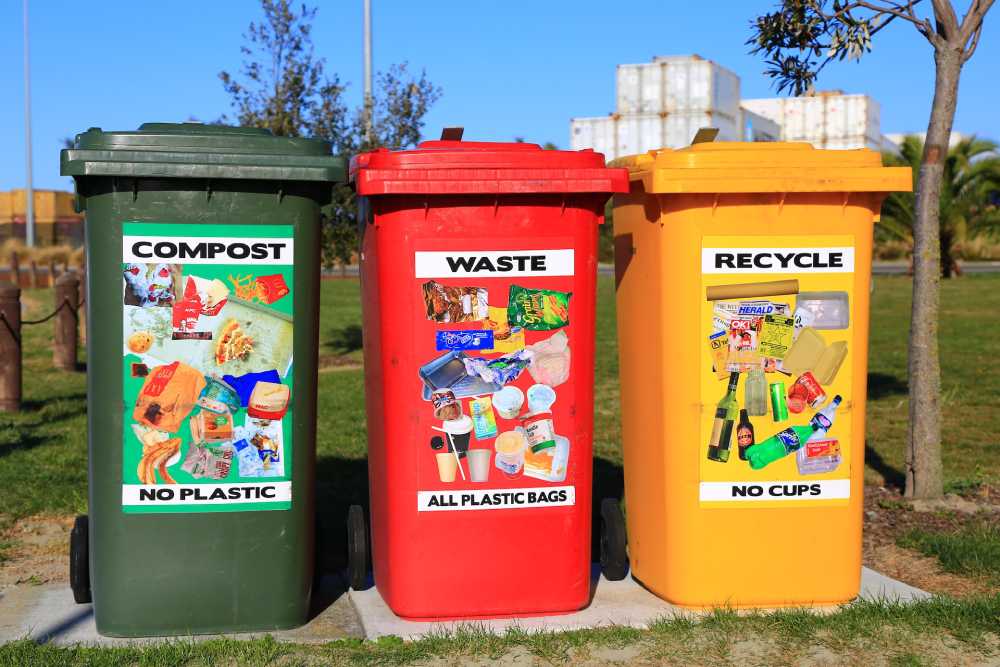Waste Wisdom – A Guide to Responsible Residential Waste Management
Solid waste can pose significant health and safety risks when it is not correctly disposed of. It can create breeding grounds for harmful organisms and pollute groundwater, soils, and surface water.
Achieving sustainable waste management goals takes a concerted effort. Tracking your successes, setting realistic expectations, and making changes where necessary is essential.
Reduce
Reducing the material you produce is the first and most crucial step toward providing responsible residential waste management services. It will contribute to the reduction of landfill space as well as the consumption of energy and natural resources.
The “three Rs” of waste reduction are easy to implement at home. Purchasing only what you need and using reusable containers to store food will minimize the amount of trash you generate. Other ways to cut down on waste are to bring a reusable water bottle when you buy coffee, opt out of junk mail, and take a waste-free lunch (no plastic utensils or straws).
Many grocery items are packaged in wasteful packaging, such as mushrooms and tomatoes in Styrofoam, a plastic container for a single serving of soup, and the plastic lid on an orange juice. Try to purchase unpackaged or bulk foods, and use reusable bags and containers when shopping. When eating out, ask restaurants not to bring plastic utensils and straws and to put leftovers in your reusable container.
Another great way to decrease household waste is to compost. This practice helps the environment by increasing soil fertility, reducing water runoff, and preventing the release of harmful greenhouse gasses. You can create nutrient-rich soil for plants by composting your food scraps and yard trimmings in a bin.
Reuse
Getting creative with reuse is one of the most fun and satisfying ways to go green. Items like cloth grocery bags, glass jars, and cardboard boxes can be repurposed into things like in-home herb gardens and storage containers for small items. Reusing materials reduces the amount of waste that is created. It also reduces greenhouse gases emitted when new materials are produced and consumed.
However, the best way to reduce waste is by avoiding it altogether. Reducing waste saves energy, money, and natural resources because it eliminates the need for the products in question to be produced in the first place. It can be done by purchasing only what you need, using refillable household items (like our sustainable hand soap and washing-up liquid), and reducing consumption overall.
When you really can’t find a use for an item, and you can’t cut it out of your life altogether, recycling is the next best thing. Recycling waste creates job opportunities and reduces the need for extracting raw materials, as it converts waste into new products.
Items that can be recycled include glass, metals, paper, and plastic. They are processed into new materials, such as toys, furniture, combs, and fleece jackets. The process reduces greenhouse gas emissions and helps sustain natural resources.
Recycle
Recycling refers to converting waste materials into new products or using them again. This practice helps conserve energy, reduce raw material consumption, and minimize landfill/incinerator waste.
Recycling involves collecting used materials, mechanically and chemically separating them, and remanufacturing them into new products. It uses energy, water, and other resources and causes pollution, but it is still less resource-intensive than producing new items from virgin materials.
They know which items belong in the recycling bin and which should go in the trash. Many local recycling systems have guidelines that differ from one another and may not accept certain types of plastic or metal. Educating yourself about the guidelines for your local recycling system will ensure that your recyclables get recycled instead of ending up in a landfill or being sent to developing countries for processing.
Please ensure that all materials intended for recycling are clean and dry. One dirty item can contaminate an entire bin or bale of recycled material, making it useless and even worse for the environment than throwing it away. Consider donating or selling unwanted items like electronics, appliances, and furniture to local schools and churches. Also, look for high-quality recycled content products.
Dispose
Many household waste items that accumulate in garbage cans or recycle bins, like tins of paint, used batteries, and gasoline cans, are considered household hazardous wastes (HHW). These products contain toxic materials and can pose severe environmental risks when disposed of improperly, such as pouring them down the drain or putting them out with regular trash.
Keeping hazardous waste items away from home and finding ways to reuse or recycle them is the best way to reduce their impact. For example, using a tin can for storing food in the fridge is an excellent alternative to buying new plastic storage containers.
Other ways to reduce waste generation include washing and reusing old laundry detergent bottles, cutting vegetables into smaller pieces to speed up composting and using the freezer as an alternative to keeping animal wastes at home until garbage day. Visiting your city or county’s website for information on household hazardous waste disposal facilities is an excellent place to start.

